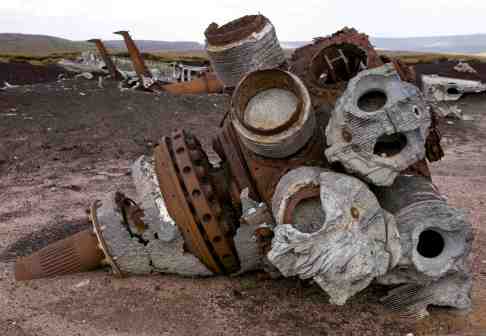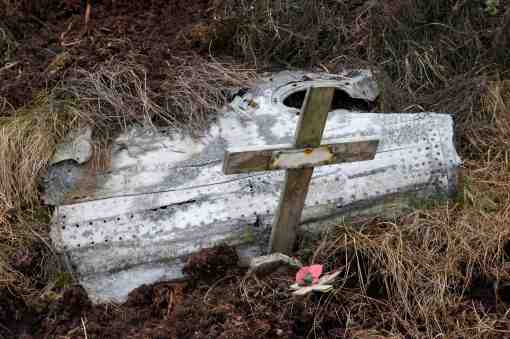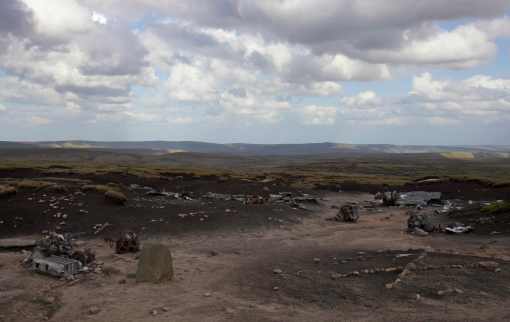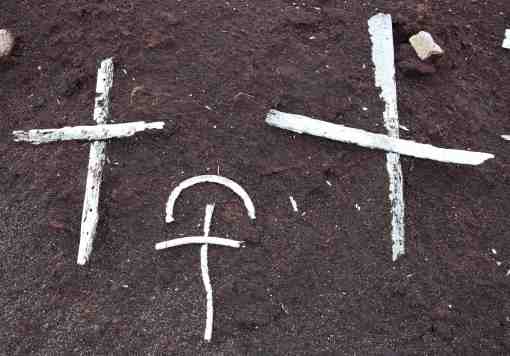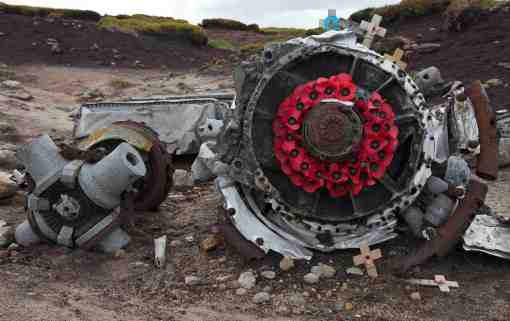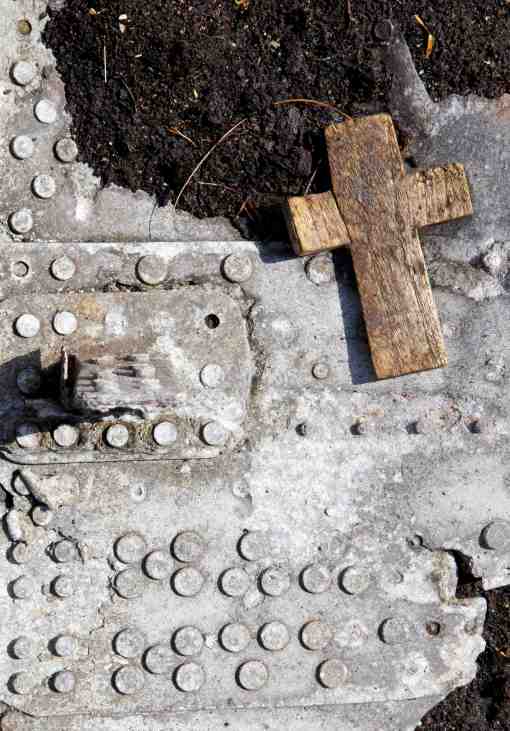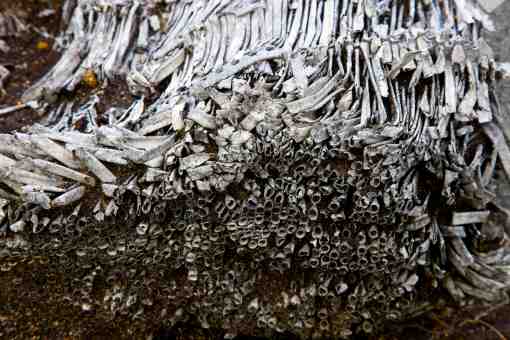When “God is dead, the author is dead, history is dead, only the architect is left standing” (Koolhaas, 2002: 18) without utopias, what (or who) is actually left for the planning and development of our cities?
In this series of three guests posts we will explore the definition of a Post-Utopian Urbanism, on the basis of various readings ranging from Lefebvre to recent writings of Jameson and Rem Koolhaas, and to a great extent indebted to David Harvey’s seminal analysis of the links between capitalist transformation and our (post)modern perception of space and time (1989).
The enterprise of surveying the intimate relationship between Urbanism and Utopia consists of reading the dynamics and transformations that affected cities and their planning over the centuries, together with the discourse surrounding this practice. Put otherwise, the topic at hand here is one of epistemological concern, and is conducive to a two-part analysis: it is as much a study of the urbs, the City itself, as of urbanism, the self-reflective scientific discourse underpinning the city’s development.
The definition of Utopia, the City, and the contextualisation of their problematic encounter is a controversial undertaking. Despite the canonicisation of utopian literature through Thomas More, there is no strict consensus on what a utopia is. And the task of tracing the archaeology of that which makes a City, and of that which makes possible its existence through planning and building, is equally broad and subject to debate. In what follows, the many links between the two will be scrutinized, with special attention paid to the tensions inherent to these links.
Postmodernism as the End of History and the Crisis of Representations
Destruction of the Pruitt Igoe housing ensemble,
designed by Minoru Yamasaki in accordance with the planning principles of Le Corbusier and the International Congress of Modern Architects.
St Louis, Missouri, 1972
We can deal with the topic as an exercise of reading the “City” as an object through time: on the one hand, with reference to the transformations that have affected empirical practices and discourses of the planning métier; and on the other hand, by analysing the capacity of this object to embody and be the scene for social change – whether simply aiming to produce otherness, or, more ambitiously, to proceed towards betterment. This ability for ‘change’ came into question around the 1970s, as urbanism gradually divorced from the modernist project of utopia, one based on a ‘science’ of social improvement through technical progress.
In his comprehensive and insightful survey of ‘postmodernity’ – a key concept in understanding the development of post-utopian urbanism – David Harvey recalls the anecdote of Charles Jencks, whoseLanguage of post-modern architecture (1984) indicates 3.32 p.m. the 15th of July 1972 to be the precise moment marking the death of modernity, and the subsequent passage into postmodernity. At this date, Yamasaki’s Pruitt Igoe complex was torn down.
Besides its aesthetic dimension, we find this photograph compelling. Firstly, for what it represents: the fall of modern urbanism (Choay 1965), which had considered scientific progress as a utopian engine. And secondly, for the crisis it forewarns: precisely of our contemporary difficulty to represent things. For indeed, to survey the changes affecting urbanism and utopias in their kinship is to study nothing but thecrisis of representations: whether it is that of politics (crisis of liberal democracies and of the link between governing bodies and the governed); that of technique (crisis of the economic and urban plan); that of architecture (crisis of comprehensive projects, giving way to an aesthetic of collage, and small scale); or that of social representations (crisis of the pluralist society, the dissolution of unitary identities), and so on (Harvey 1989, MacLeod et Ward 2002, Pinson 2009).
Historically, this crisis of representations had been gaining momentum since the 1970s, riding the wave of a broader set of social and economic troubles. At first an economic crisis, it then spread, whether in a causal chain or in concomitance, to various spheres, and may nowadays lead us to wonder if the one-time crisis has not became the norm of our societies, in a transformation similar to what Agamben (2005) noted about the state of exception in liberal democracies.
 Yves Marchand and Romain Meffre’s
Yves Marchand and Romain Meffre’s Ruins of Detroit
is a series of photographs
documenting the long-going crisis and urban decay of Detroit, MI
Urbanism versus Utopia? An Etymological Inquiry
In order to study the many ways in which urbanism and utopia work together, and to bring in to light the resultant tensions, let us start with a brief self-sufficient definition. At first glance, urbanism and utopia appear to operate within different ontological spheres. The former literally deals with concrete matter, in the sense of buildings and infrastructures, whereas the latter operates necessarily in the domain of speculative abstraction.
‘Urbanism,’ at least in French, is rather recent; it was born in 1910 as the “science and theory of human establishment” (Choay, 1965: 8). As its etymology implies, it is the science of the urbs; Latin word for the walled city, the solid city then, as founded by Romulus when he traced down the limits of what was to become Rome. The fact that the birth of ‘urbanism’ is connate with the Industrial Revolution is anything but fortuitous. It reflects the historical turn from the country to the city, where today the vast majority of the world’s population lives. As a ‘science’, urbanism became a discipline per se: with its own tools, its own history, and its own discourse. It is important that urbanism’s ‘scientific’ status not obfuscate its deep political involvement: its object is no less than the form of the communal life that takes place in the immense ensembles, whose density distinguishes them from the country. It is in this attempt to condition the dynamics of communal life that urbanism finds its kinship to utopia.
On the other hand, utopia is first a literary genre, one that can be traced back to Plato’s Republic but which seems to have acquired its canonical status in Thomas More’s eponymous book, published in 1516, before being strongly developed during the 19th century among early socialists like Proudhon, Ledru-Rollin, Herzen and Fourier. The utopian gesture is characterised by its force of projection; it ‘throws’ two visions of a topos, together into a single place. On the one hand, outopia (οὐ τόπος), a nowhere: an-otherland that does not exist. And on the other, eutopia (εὖ τόπος), a better or good place: one in which harmony prevails (Choay 1965, 25). Utopia thereby articulates a capacity of abstraction with moral insights.
 Thomas More’s Utopia in the first Latin edition of 1516
Thomas More’s Utopia in the first Latin edition of 1516
Urbanism + Utopias = Urbatopia?
The City functions as the privileged nexus in which urbanism and utopia enter into contact. As mentioned, the fundamental common ground of urbanism and utopianism consists in their attempt to condition the harmonious community, the vivre ensemble. We can sketch this common ground along four more registers.
- Throughout their history, urbanism and utopias have shared a reliance on a spatial basis: they imagine and lay down the principles of organizations for ideal places, that is, power relations between groups that are embedded in a given territorial conception (Choay 1965, Harvey 2000).
In their practice – or operational mode – urbanism and utopias partake in the dialectical gesture of projection. By abstracting from the here and the now, they both seek to lay out a legible space, one that does not yet exist but might. Such projections are generic – models capable of being reproduced (Choay 1965, 25). This “spatial game” (Harvey 2000) projects an-other space. In such a way, urbanism until the 1970s, equated this ‘otherness’ with betterment: its utopias conveyed a sense of social and moral progress. Here it is important to signal the centrality of repetition in utopian and urban projection, an aspect of their model-oriented production. Are utopias – as models at once generic but virtuous – suitable to reproduction, or are they unique? Put otherwise, can they be reproduced independently of the context in which they were conceived?
 Screenshot from Christopher Nolan’s movie
Screenshot from Christopher Nolan’s movie Inception.
The movie explores the architectural power of the mind to reconstruct worlds and places.
This in turn raises the question of the third feature on our list: totality. This common concern of both utopian and urban practices explicitly appeals to the issue of openness in political regimes, and that of political theory more generally (Jameson 2004). Generally speaking, utopias conceive closed and self-sufficient spaces, not foreign to the etymological notion of the walledurbs. Today however, the forms of our metropolises or edge cities seriously hamper this capacity for self-enclosure.
Last but not least, urbanism and utopias are united in crisis, as presaged by the photography ofPruitt Igoe’s destruction. In the late 1970s and early 1980s the twofold crisis – of capitalist economies and liberal democracies on the one hand, and of any alternative to these systems, on the other – was mirrored in the crisis of urban societies (Pinson 2009). The ‘crisis of the plan’, whether economic in the Keynesian doctrine, or urban/strategic in the practice of zoning, epitomizes this predicament.
It is on the basis of these four points of contact between utopias and urbanism (space, projection, totality and crisis) that we seek to conceive of a post-utopian urbanism.
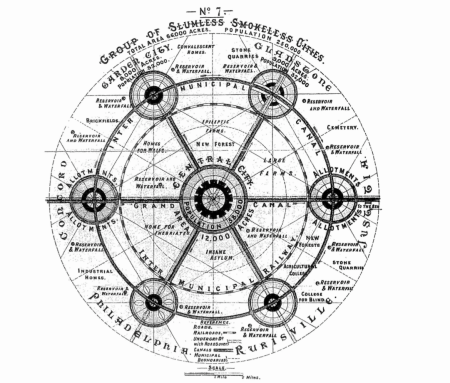 Ebenezer Howard’s plans for her Garden City (1898): model-based, projection, and totality
Ebenezer Howard’s plans for her Garden City (1898): model-based, projection, and totality
Motifs in Urbanism: The shift from Urbatopias to Urban Dystopias
This attempt, though interesting, should not preclude a brief examination of the contradictions within the very objects of inquiry themselves (Harvey 1989), and their dynamics. Indeed, the term ‘urbanism’ may sound strange to the Anglo-Saxon ear, accustomed rather to the term ‘urban planning.’ This semantic difference encapsulates quite succinctly the dramatic shift in the discipline, the original attempts at ‘planning’ having been confronted with, and to some extent superseded by, ‘design’ (Rode 2006), related to the fading away of utopias.*
This echoes Antoine Picon’s statement that urbanism is nothing but “a series of historically determined propositions” (2004: 4; our translation), suggesting the need to understand the widening rift between planning and the modernist utopia within the socio-economic context that urbanism inhabits (Harvey 1989).
 Frank L. Wright’s “Broadacre City” is a model for suburban development. He introduced the utopia in his
Frank L. Wright’s “Broadacre City” is a model for suburban development. He introduced the utopia in hisDisappearing City
, published in 1932.
Born as a clear-cut motif in the academic literature and among planners around the turn of the 1970s, Dystopia points to the anti-urban dimension of a whole school of previous utopias, ‘initiated’ by Frank L. Wright. While the term ‘school’ may be far-fetched, this planning tradition presents identifiable traits based on a common denominator: the formal disappearance of the City, with its centrality and industrial nuisances, superseded by small, decentralized, and multipolar introductions of nature in Garden Cities (Choay 1965).
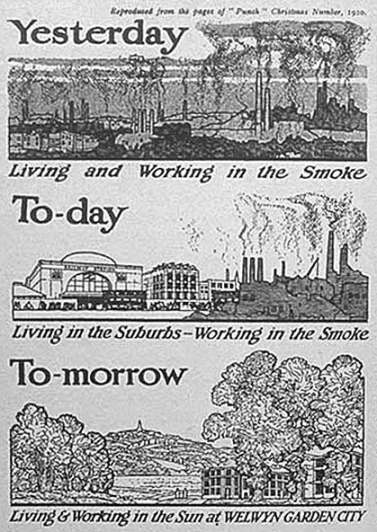 Ebenezer Howard’s
Ebenezer Howard’s Garden Cities of To-morrow
(1898),
another example of the antipathy vis-à-vis the City underpinning the concept of Garden Cities
This repugnance vis-à-vis the city is discernable in the postmodern understanding of dystopia. This is true of the U.S., where the avatars of urban studies’ nightmares abound: Los Angeles, Las Vegas, edge cities, gated communities, and, of course, the hyperghetto (MacLeod et Ward 2002, Pinder 2002). The appearance of this dystopian figure is anything but fortuitous. It is deeply rooted in the crisis of the 1970s and develops parallel to the apparition of postmodernism in the aesthetic and academic domains.
The city, once the nexus through which urbanism and utopias worked together towards betterment through the Keynesian mode of regulation (Harvey 1989, Pinson 2009), seems to have become the place of all nightmares: segregation, endemic crime, socio-economic inequalities. Where the projects once offered a shelter to the dispossessed of the inner-cities, there are now to be lofts and branches of globalized brands. This historical shift deserves substantial attention, for it is the nexus of understanding how, and maybe why, urbanism departed from utopias and thus went from planning to design, from comprehensive projects to a small scale-based architecture of
collage, and from the plan able to regulate – for a time – the contradiction of capitalism to the ‘urban project,’ whose object is now the undecipherable city as a whole (on the notion of urban projects, see
Pinson 2009). It will also allow us to examine the embedded nature of this shift in a greater capitalist evolution (Harvey 1989).
The divorce between urbanism and utopias is indeed inextricably linked to, and may be the expression of, the inability of the urban society to regulate the inner contradictions of capitalism and the subsequent growth of inequalities. The next step in understanding what could be a Post-Utopian Urbanism will therefore focus on the shift from Urbatopia to Dystopia, so to speak, and examine the consequences and implications for the ‘plan’ as a scientific tool, and by extension for urbanism.




